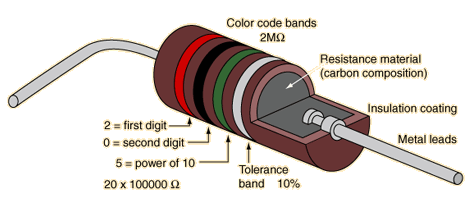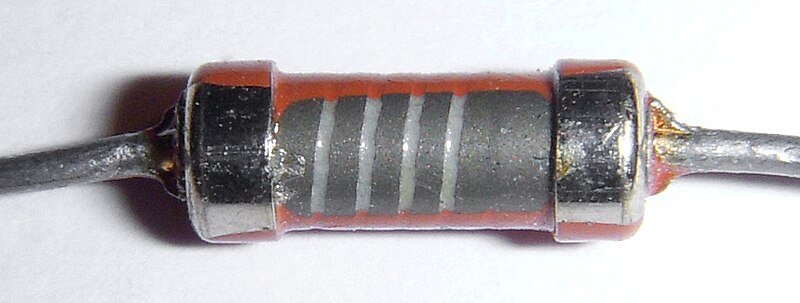Hello Garry, like DANA says, open a free account with photobucket, then upload your images, to there. when images are at photobucket, go to your library, put cusser on photo you wish to share, and click share, then click on top RH -- links, then click on IMG codes, it will go coloured, yellow i think, that will copy photo.
I always start my post first, then transfer photo, to post on forum, you click on small yellow square, which says insert image, a box comes up, then right click on blank box and choose paste, and then ok.
Hope i havn't confused you any.
Please keep asking if un clear.
Regards Cornboy.
I always start my post first, then transfer photo, to post on forum, you click on small yellow square, which says insert image, a box comes up, then right click on blank box and choose paste, and then ok.
Hope i havn't confused you any.
Please keep asking if un clear.
Regards Cornboy.







 [IMG]
[IMG]

Comment